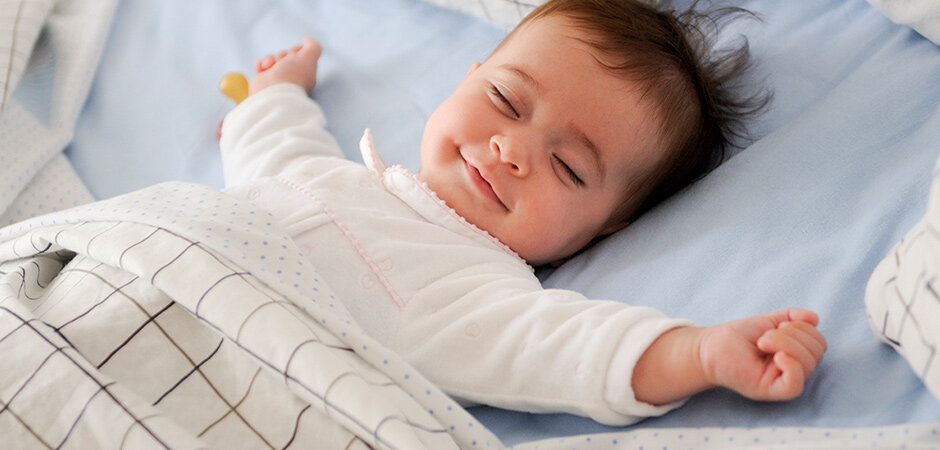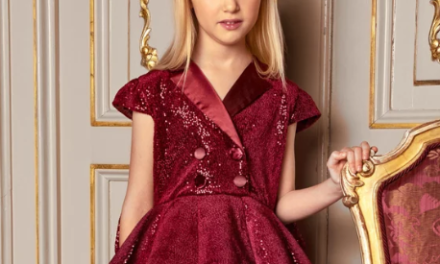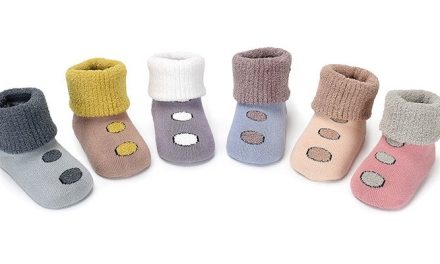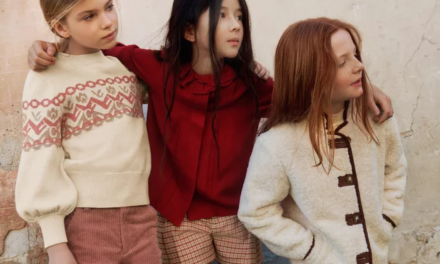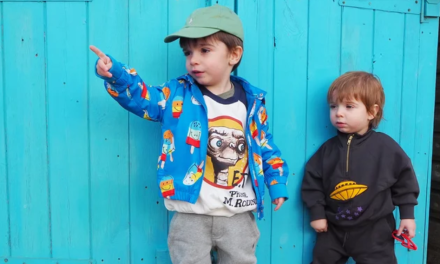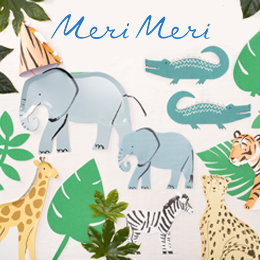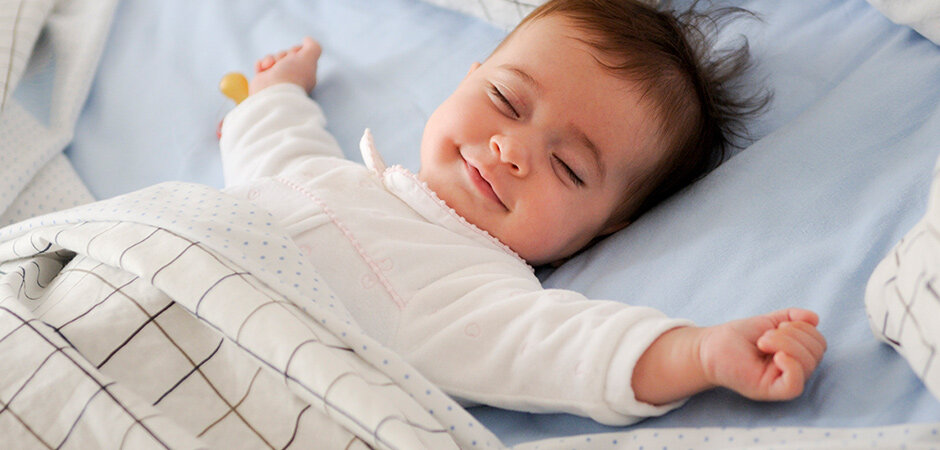
1. How much to prepare for baby clothes
6~7 pieces of ha
Small babies are prone to milk and have strong skin oil secretion, so you should prepare a few more pieces for replacement.
Important: Use clothing with a wide opening in the front or an open collar because your child does not like to have the collar jammed in the face.
3 pieces of jumpsuit
The snap fastening between the legs can be opened to facilitate diaper changing.
Important: Consider buying one with your feet to prevent your baby’s feet from getting cold.
2~3 robes
The hem is loose for frequent diaper changes, and the movement of your active baby’s feet is not restricted. For some time after the birth of the child, it is best to wear a robe, so that when changing clothes, you only need to lift the clothes.
Important: If you buy a robe that is long enough to reach your feet, tie the end of the robe with a string in the summer to also achieve the effect of a sleeping bag.
10 gauze handkerchiefs
It can be used for many purposes such as washing the child’s face, bathing, wiping hands, and mouth. In newborns, small handkerchiefs can also be used as saliva shoulders.
Takeaway: Be sure to buy that kind of pure cotton gauze handkerchief, which is soft and absorbent. There are many uses, so it is best to buy more for easy washing.
Socks 1~2 pairs
It is very important to keep your child’s feet warm, and when the temperature is cooler, be sure to put socks on your baby.
Important: Socks to buy socks are loose, to ensure that the baby’s ankle blood flow unimpeded, not ankle.
1~2 hats
The cold season hat can play a role in keeping the head warm.
Important: For different seasons, you should also choose according to the baby’s head circumference and material. Since your baby’s head circumference grows quickly in the first few months, prepare one or two.
1 set of hand and foot covers
Gloves on newborns prevent your baby’s small hands from scratching their faces, and foot covers prevent cold feet.
Takeaway: Some argue that your baby’s hands should be more in contact with the outside world and don’t need to be covered with gloves.
3 saliva shoulders
The neonatal period can be replaced with a cotton gauze handkerchief, but it should still be prepared and will be used often in the future.
2 pieces for babies to go out
After the baby’s full moon, there will be more opportunities to go out, such as when the weather is fine, you can take the baby out to bask in the sun to replenish trace elements. When the moon wine is full, it is best to prepare a comfortable and beautiful little dress for your baby!
2. Baby clothes pick the focus
Fabric: Pure cotton fabric is preferred, containing more than 95% cotton, sweat-absorbent, soft and breathable, do not choose chemical fiber clothes.
Color: Choose light, soft, fluorescent-free, less printed clothing.
Grade: Infant clothing under the age of 3 must be marked “Baby Products” (Category A).
Ornaments: less buttons, zippers, buckles, pins, long ropes, etc., to prevent babies from scratching, swallowing, and winding.
Process: whether the sewing is flat, the stitches should be small, there is no residual thread, and the label of the underwear should be sewn on the outside of the clothes.
Tactile: rough or grainy to the touch, indicating that the fabric is “not up to scratch”, and the formaldehyde content may exceed the standard.
Sense of smell: Formaldehyde excess has a pungent smell, and the fragrance is the “residual poison” of chemical agents or harmful ingredients.
Allergies: Red, itchy, rash, cough after wearing, may be allergy, change clothes, seek medical attention.
3. Baby clothes style selection
Newborn babies basically do not go out during the confinement, and the baby’s clothes are mainly comfortable and convenient to change diapers, so there is no need to prepare too fancy, monk clothes, butterfly clothes are especially suitable; When your baby is older, you can choose to wrap up a fart coat, a jumpsuit, etc.
Monk clothes
Especially suitable for newborn babies. Much like the clothes worn by the little monks in the past, they are generally designed with a diagonal placket design, with no buttons on the clothes, and straps are used to fix the clothes. During the confinement, the baby can wear no pants, wear a small monk’s clothes on the upper body, and cover a small blanket and a small quilt.
Butterfly clothing
Especially suitable for babies 0-3 months. The clothing type is a little chubby, the chest tie design of the clothes, the chest is self-adjusted, the trouser legs are rounded, there are buttons, and it is a robe without buttons, and the buttoned becomes a jumpsuit, which not only protects the baby’s small belly, but also facilitates diaper changing; Especially suitable for newborn babies, the baby can also be worn as pajamas when he is older.
Wrap up the ass clothes
An indispensable baby clothes all year round, there are sleeveless, short-sleeved and long-sleeved models, from birth to 2 or 3 years old, you can wear wrapped clothes for babies, which is convenient and applicable. There are buttons on the crotch to facilitate diaper changes; Generally, there are more pajamas to prevent the baby’s small belly from getting cold.
Jumpsuit
Many domestic jumpsuits have an open file design, which is convenient for urinating, it is recommended that it is best not to wear open pants for the baby to avoid private infection. There is no custom of urinating abroad, let alone open crotch pants, and the crotch is all connected with snaps. Jumpsuits are usually worn more after 3 months.
Split set
The upper body and lower body are separated, generally 3 months-6 months baby wears a split suit, the upper body is pullover, the shoulders have a button design, the button baby is not easy to pull, the lower body is a high-waist umbilical cord design to prevent the abdomen from getting cold, but also to avoid the elastic band too tight to the baby.
4. How to wash baby clothes
Baby clothes washing method
Disinfectant and bleach are not available, choose a special baby detergent for cleaning.
Underwear and outer clothes are washed separately and not mixed with adult clothes.
Wash stains as soon as possible, preferably by hand, the washing machine has a lot of bacteria.
Wash twice or three times with clean water and let it dry in the sun to disinfect.
Remove stains from your baby’s clothes
If the baby has spitting up, spilling milk, and feces staining the clothes, the ideal way is to wash on the spot, rinse the clothes first, then mix the baking soda powder into a higher concentration paste, apply directly to the stain, let it stand for one night, and when you wash it again the next day, the dirt will disappear or improve significantly. In addition, a small amount of white vinegar can also help destain and disinfect, white vinegar is a natural cleaning agent, parents can use it with confidence.
5. How to dry baby clothes
Dry your baby’s clothes in a ventilated, sun-lit place, and turn them over to dry.
Pet utensils are prohibited in the place where clothes are dried to avoid pet hair and bacteria from adhering to clothing.
The best time to dry clothes is from 10 a.m. to 3 p.m., with a special hanger for children.
Sunlight is a natural sterilization disinfectant, which is safe, but it does not have to be exposed to excessive sun.
6. How to store baby clothes
Divide the underwear area and the outerwear area, and it is best to use a clean bag to store underwear.
The solid wood wardrobe has good breathability, can keep the clothes ventilated, dry, and formaldehyde-free.
Refusing insect repellents, mothballs, sachets, etc. can lead to skin allergies in the baby.
Do not place your baby’s clothes in the bottom drawer, it is easy to get moisture.
After the birth of a newborn, friends and relatives will give some clothes, plus their own preparation, enough for the baby to use for a while. Babies grow quickly, so don’t buy more clothes for your baby. As for how often to change the baby’s clothes, it is best to change them every day when conditions permit, because the baby’s metabolism is fast, and the sweat and dander on the body will definitely stain the underwear at the end of the day. Therefore, in winter, we should pay more attention to changing underwear in time to keep it dry and comfortable, which is more conducive to the healthy development of the baby.

